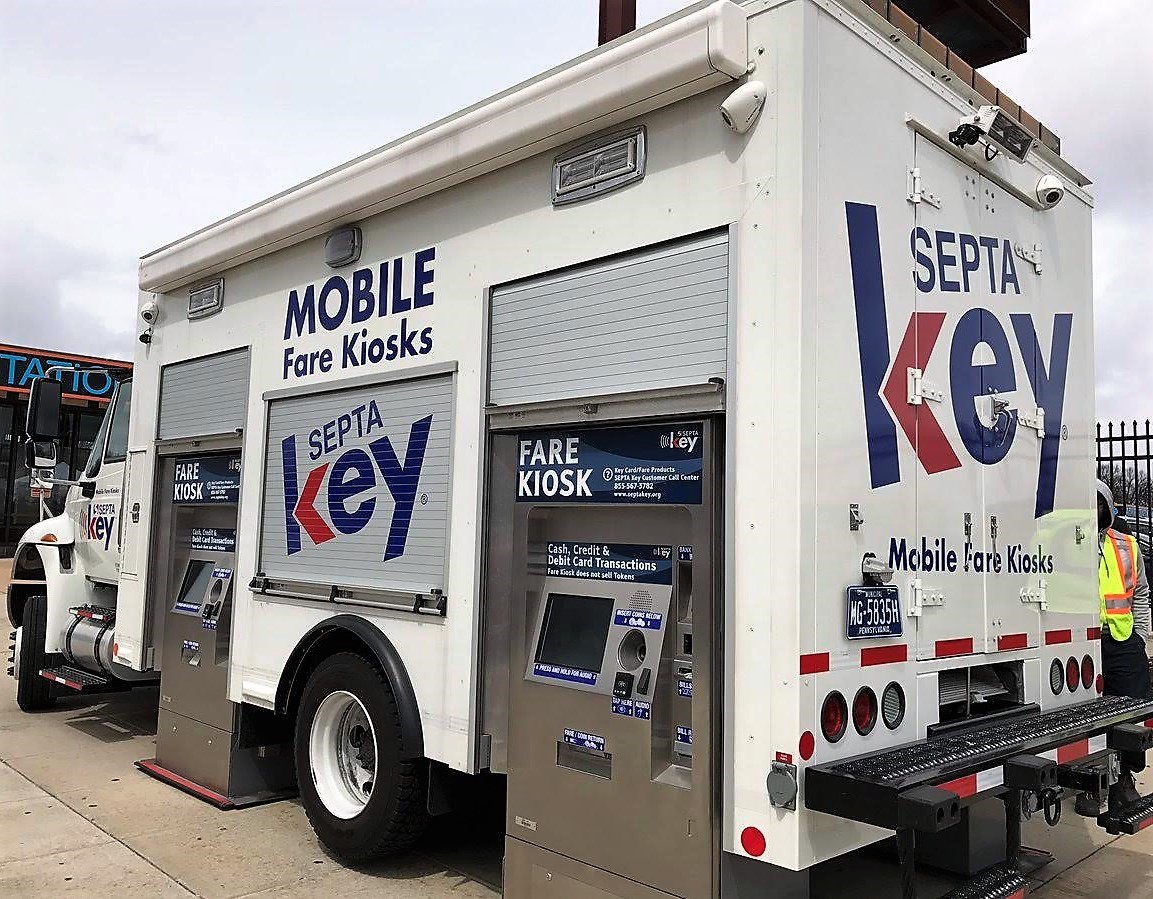
The fees would be waived, O’Brien said, for customers who use their cards a certain number of times.

RELATED: Banned! Two gay bash suspects must stay out of Center Cityīuy a SEPTA Key card will cost about $4.95, and there may be a monthly fee associated with it. The features that would allow riders to use their transit card at the grocery store were designed to help people who do not have access to bank accounts access the financial system.īut that does come with costs - just as the growth of prepaid debit cards have been criticized for high fees. Not all bank cards will be able to be used at turnstiles, just the ones with the RFID chip in them. The big changes, the ability to treat the transit card like a debit card won’t be rolled out until June, O’Brien said. “It’s a transit card, with benefits,” O’Brien said.Ĭustomers who have stockpiled tokens as a defense against rising fares will be able to put tokens in one of the payment kiosks to add the value to the card. They are more like pre-paid debit cards in that they are tied to an account that has value behind it - they even have the Mastercard logo on them.īehind them will be accounts in which users can store up to $10,000, or $1,000 for an anonymous card.Īt the same time, they’ll function like a transit card in that customers can buy a weekly or monthly pass. That’s because the key cards aren’t like regular transit cards. Riders will also have the ability to register cards, meaning that if they are lost or stolen, they can be replaced. Then the transit agency will begin phasing out tokens. The first big change customers will see? Those new payment kiosks that have been popping up at SEPTA stations will get turned on, O’Brien said. Single occupancy vehicle (SOVs) trips create road congestion and cars are. But in recent months, riders have seen signs that the project is moving forward. SEPTA Key Advantage Helps Employers Incentivize Sustainable Transportation. SEPTA announced that it would implement the new fare payment system back in 2011, hoping that it would be ready in 2013. Interested parties must submit their proposals by July 14. SEPTA Key 2.0 is one of several initiatives underway at SEPTA to unify the system, and will complement efforts such as Bus Revolution and Trolley Modernization.

With SEPTA Key 2.0, riders can expect to see the following upgrades: “Our goal is to build on the strengths of SEPTA Key by unifying fare policy and promoting affordability, equity, and ridership growth.”

30, customers now have the option of transferring balances to a new card online. Key Cards are valid for three years, and the expiration date is printed on the front of all cards. “We have learned a lot from the first phase of SEPTA Key,” said Richards. SEPTA would like to remind customers that some Key Cards will expire on Nov.
SEPTAKEY UPGRADE
Now, more than a decade after its design, the current SEPTA Key data-processing software is due for an upgrade to meet the expectations of today – and tomorrow. SEPTA Key propelled SEPTA from an era of tokens and paper tickets to a reloadable, contactless chip card that offers a host of options for seamless travel and self-service flexibility. “This is a critical investment in our customers, and an important part of SEPTA Forward, SEPTA’s strategic plan.” “SEPTA Key 2.0 will help ensure that we stay up-to-date with constantly-evolving fare payment technology,” said SEPTA General Manager and CEO Leslie S. SEPTA Key 2.0 is a next-generation, multimodal fare payment system intended to improve the customer experience. SEPTA is seeking proposals from experienced vendors to develop, implement, and maintain its fare payment system as part of “SEPTA Key 2.0”.


 0 kommentar(er)
0 kommentar(er)
